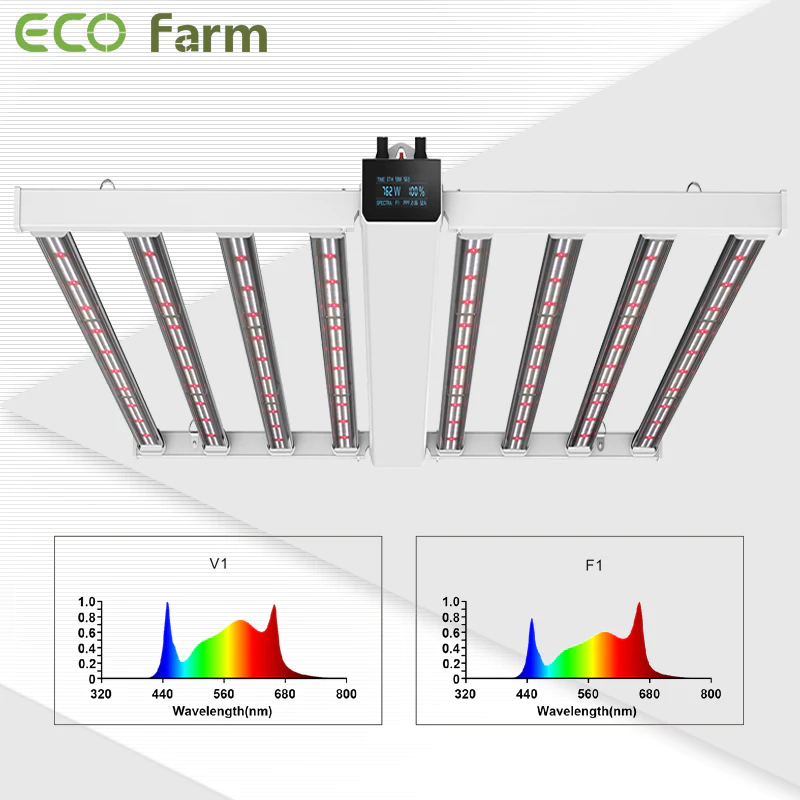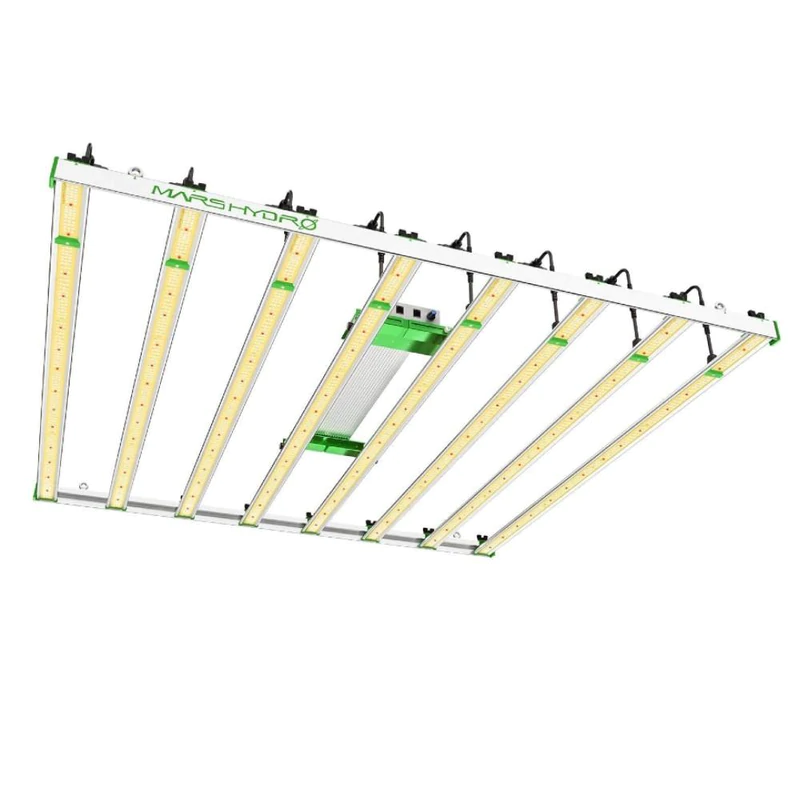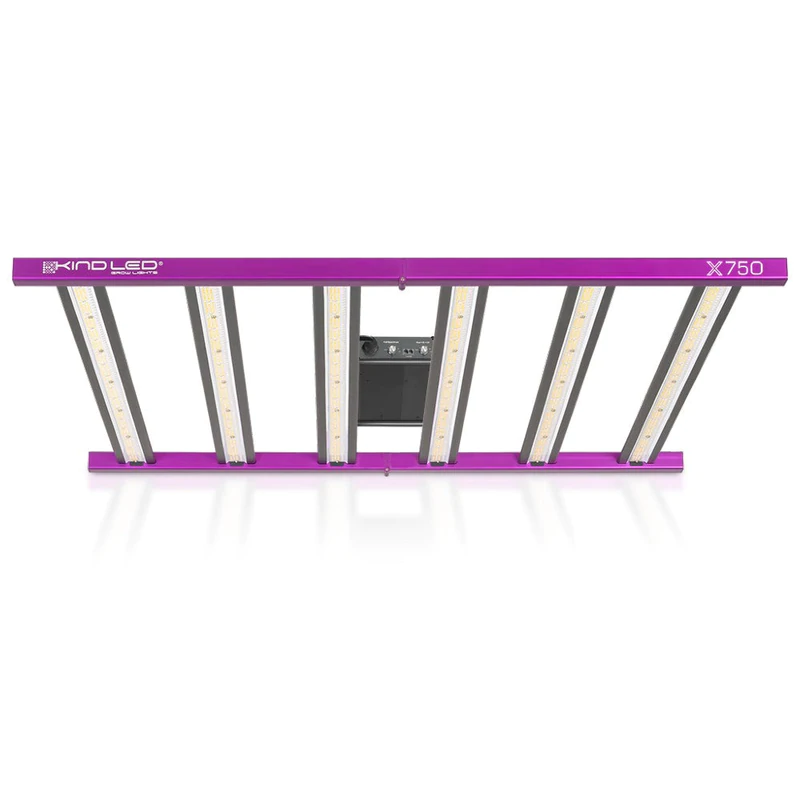- Home
- SHOP ECO FARM
-
TOP BRANDS
-
Grow Lights Brands
- Adjust-A-Wing
- Apollo Horticulture
- Bestva
- Black Dog LED
- California Lightworks
- ChilLED Grow Light
- Eco Farm
- HLG - Horticulture Lighting Group
- Kingled
- Kind LED
- Mars Hydro
- Morsen
- Neilo
- NextLight
- Phlizon
- PlatinumLed
- Roleadro
- Optic LED Grow Lights
- ViparSpectra
- Vivosun
- EYE Hortilux
- IPOWER
- NanoLux
- Phantom grow light
- Gavita grow lights
- Grower's Choice
- Lumatek
- Maxibright
- Yearld Pro
- ThinkGrow
- Crecer Lighting
- Green Sunshine Electric Sky
- fohse aries
- loriflux
- luxx
- fluence
- iluminar
- Lex
- LTC
- Rayonled
- FGI
- PHOTONTEK
- Grow Tents & Kits Brands
- Extraction & Harvest Brands
- Climate Control & Hydroponic Brands
-
Grow Lights Brands
- COMPANY INFO
- COOPERATE WITH US
- Blog
- Sign in
- Home
-
SHOP ECO FARM
- ECO Farm Grow Lights
- ECO Farm LED Grow Lights
- ECO Farm Quantum Board
- ECO Farm Samsung LED Grow Lights
- ECO Farm COB Grow Lights
- ECO Farm Commercial Lights
- ECO Farm Supplemental Grow Light
- ECO Farm Fluorescent grow lights
- ECO Farm HPS & MH Grow Lights
- ECO Farm CMH Grow Lights
- ECO Farm HID/CMH Bulbs & Ballasts
- ECO Farm Grow Tents & Kits
- ECO Farm 2x2ft Grow Kits
- ECO Farm 3x3ft Grow Kits
- ECO Farm 3.3x3.3ft Grow Kits
- ECO Farm 4x4ft Grow Kits
- ECO Farm 5x5ft Grow Kits
- ECO Farm Grow Tent - Standard Style
- ECO Farm Grow Tent - Extension & Roof & Lodge Style
- ECO Farm Extraction & Harvest
- ECO Farm Rosin Press Machine
- ECO Farm Dry & Wet Trimmers
- ECO Farm Oil Accessories
- ECO Farm Medicinal Plants Grinder
- ECO Farm Medicinal Plants Containers
- ECO Farm Medicinal Plants Dryer
- ECO Farm Refrigeration Dryer
- ECO Farm Climate Control & Other Accessories
- ECO Farm Inline Duct Fans
- ECO Farm Oscillating Fans
- ECO Farm Exhaust Fans
- ECO Farm Air Filter
- ECO Farm Duct Muffler
- ECO Farm Ventilation Kits
- ECO Farm Plant Humidifiers
- ECO Farm Plant Dehumidifiers
- ECO Farm Hydroponic Accessories
- ECO Farm Other Accessories
- ECO Farm Hydroponics Microscopes
-
TOP BRANDS
- Grow Lights Brands
- Adjust-A-Wing
- Apollo Horticulture
- Bestva
- Black Dog LED
- California Lightworks
- ChilLED Grow Light
- Eco Farm
- HLG - Horticulture Lighting Group
- Kingled
- Kind LED
- Mars Hydro
- Morsen
- Neilo
- NextLight
- Phlizon
- PlatinumLed
- Roleadro
- Optic LED Grow Lights
- ViparSpectra
- Vivosun
- EYE Hortilux
- IPOWER
- NanoLux
- Phantom grow light
- Gavita grow lights
- Grower's Choice
- Lumatek
- Maxibright
- Yearld Pro
- ThinkGrow
- Crecer Lighting
- Green Sunshine Electric Sky
- fohse aries
- loriflux
- luxx
- fluence
- iluminar
- Lex
- LTC
- Rayonled
- FGI
- PHOTONTEK
- Grow Tents & Kits Brands
- Apollo Horticulture
- Black Box
- CoolGrows
- Eco Farm
- GrowLab
- Gorilla Grow Tents
- Mars Hydro
- Quictent
- Secret Jardin
- Unit Farm
- TopoGrow
- VIVOSUN
- Topolite
-
COMPANY INFO
-
COOPERATE WITH US
- Blog
Top 3 Best LED Grow Lights for 5x5 Grow Tents of 2022
March 10, 2022
It’s that time of year and many of us (myself included) are gearing up to start seedlings indoors. These are some of the best LED grow lights for plants, not just for starting seedlings, but also for growing indoor gardens and microgreens!
Wondering if you need grow lights for plants you are growing? Typically, vegetables and fruits will need grow lights, while most common houseplants won’t. The reason that the houseplants most people grow are popular is because they have low lighting requirements, aren’t as picky about watering, and are overall some of the easiest, and hardiest plants to grow.
If you think about it, when you are growing edible plants for food, you are placing much higher demands on them. A houseplant is just expected to sit there and look pretty. If, on the other hand, you are growing plants for food, you want them to produce fruit or quickly grow new leaves. They are going to need some light to do that!
How many watts per square foot for led grow lights?
LED growers to report that they have been able to get similar yields on just 18″ of their plants by increasing the intensity of their fixtures which would work out to be roughly 66 watts per square foot if you’re bringing them closer together or even down to 36-watt hours per sq ft for larger spaces!
The watts per square foot for LED grow lights are much lower than HID lighting systems. For example, a 1000W MH light can use up to 200–400 Watts and produce around 60,000 lumens while an LED fixture with the same size might produce anywhere from 40–200 Lumens but only uses about 20 Watts! That’s as much as 80x less energy used when using LEDs vs. MHs in your grow space.
ECO Farm MB3 Pro 760W LM301B LED Grow Light

Features:
This ECO Farm LED grow light has a total of 2880 LED chips, which can provide a large illumination area for a large number of plants. Lightweight aluminium alloy material, detachable light bar design. Great for indoor, greenhouse growing, personal and commercial growth. The full spectrum of this grow light is designed for the entire plant life cycle. The light intensity can be adjusted by the knob. The SMD LEDs used in this LED grow light are professionally customized and produced using the latest technology. So it has a higher light intensity, lower light decay rate and higher PAR value than ordinary lamp beads. It provides high light efficiency of 2.8μmol/J, and a PPFD output plant light of 2128μmol/㎡s. It saves up to 50% energy and 30% cooling than other grow lights. The latest aluminium radiator has a special surface treatment that doubles the cooling area.
Mars Hydro FC 8000 LM301H LED Grow Light

Features:
The Mars Hydro FC 8000 LED Grow Light is designed and engineered with commercial cultivators in mind but is also perfect for nearly any personal grow. This powerful light delivers impressive results with an average uniform PPFD of 1500 μmol/s, sufficient to activate 100% photosynthesis and achieve maximum yield with or without CO2. The FC 8000 has more than twice the number of LEDs as comparable lamps. The 2968 top-of-the-line Samsung LM301B and Osram 660nm diodes bring quality assurance and high efficiencies up to 2.9 μmol/j. The multi-light strip design and the dense placement of LEDs enable the FC8000 to achieve PPFD values in the range of 1000–1500 μmol/s in the effective coverage area, which matches the optimal cultivation range when using CO2.

Features:
Kind LED combines the great innovation of our flagship X² light fixture with a new form factor optimized for the home grower. KIND’s new X-Series uses top-of-the-line OSRAM and Phillips diodes to generate targeted full-spectrum light as well as UV and IR to enhance your plants during flowering. The KIND X750 uses the full spectrum white LED diodes used by top LED companies. Kind’s Targeted Full Spectrum is designed for plants to maximize harvest weight and plant quality. With 750 watts of power and a 4' x 4' footprint, the X750 is powerful enough for commercial growers while still being compact enough for single planting.
What to Look for in a Grow Light
Size
When deciding what size grow light you need, think about how many plants you’ll need to cover. Also, if you’re planning to move your light from place to place, you might want something lighter and portable, whereas if you know it’s going to stay put, that might not be as much of a factor. Also, consider the space where you plan to put it, and make sure there’s room for it to operate safely and not up against furniture, drapes, or other items.
Type
There are various types of grow lights to consider, from panels to ones that hang overhead or screw into a regular light fixture. The type of plants you have, the amount of existing natural light, and where your plants are located will help you narrow down your choices. Hanging lights are typically larger, while desktop lights are smaller and easy to move around. If you want a complete system, consider a full garden kit that includes the planter with a built-in light.
Wattage
Wattage isn’t as important as you might expect when it comes to grow lights, but it’s still a factor worth considering. The more important metric is actually PPFD, or photosynthetic photon flux density, which measures the specific light emission a lamp gives off.2 Because this is a bit complicated to figure out, wattage is a useful tool to determine the correct fixture for your plants. The rule of thumb is that you need 32 watts per square foot, so most indoor plants (especially herbs) will do just fine with a lower-watt light.
What’s the right distance to keep your LED lights from your plants
It’s crucial that you put your lights as close as possible to your plants, without causing light burn, because this will directly affect the potency of your buds.
But it’s just as important not to put your lights too close to your plants.
But what’s ‘too close’?
This is highly dependent on the light’s brand and model.
The more powerful the light, the higher the minimum distance between your light and your canopy is.
LED manufacturers always provide minimum distances with their products, and you should use these.
Ultimately, you’re going to keep a close eye on your plants and act accordingly:
Raise them in a few inch increments when they show signs of stress/light burn, and;
Lower them when you feel your plants need more intensity.
How Long Should a Plant Grow Light Be Left On?
As a general rule of thumb, most vegetables and flowering plants need 12 to 16 hours of light per day, with flowering plants at the top end of that range.
Plan on giving most plants at least 8 hours of darkness per day.
But remember that different types of plants may need different amounts of light.
Darkness is actually very important for the plant growth cycle. During the day, sunlight helps plants produce energy through photosynthesis. At night, however, plants break this energy down for growth and flowering in a process called “respiration”.
Check your seed packaging or plant tags, or ask at the nursery for specific suggestions. And make sure you turn your grow lights off every once in a while. No one likes to work 24 hours a day — even plants!
Conclusion
Indoor gardening has never been easier. Grow lights for indoor plants allow you to cultivate a wide variety of plants at any climate during any time of year. These growing lights are specially designed to substitute natural sunlight, stimulating photosynthesis and providing the right color spectrum where the plant can grow and flourish.
Happy growing!
Leave a comment
Also in News

What are the best LED grow lights to use in a grow tent?
June 27, 2024
When choosing Best LED Grow Lights, you should also consider the durability of the lamp, energy efficiency and whether it can meet the light needs of specific plants. For example, the LED plant growth lights provided by Philips Lighting are designed for specific crops to promote uniform growth and improve quality and yield.

Can I use normal led lights to grow plants indoors?
June 20, 2024

What's the best indoor LED growing light on Amazon USA?
June 15, 2024
On Amazon, hot growth light types include LED Growing Lights, which have a variety of functions and features such as automatic on/off timing, red and blue LED light combinations, multiple dimmable modes, and flexibility for indoor potted plants or indoor gardens.
